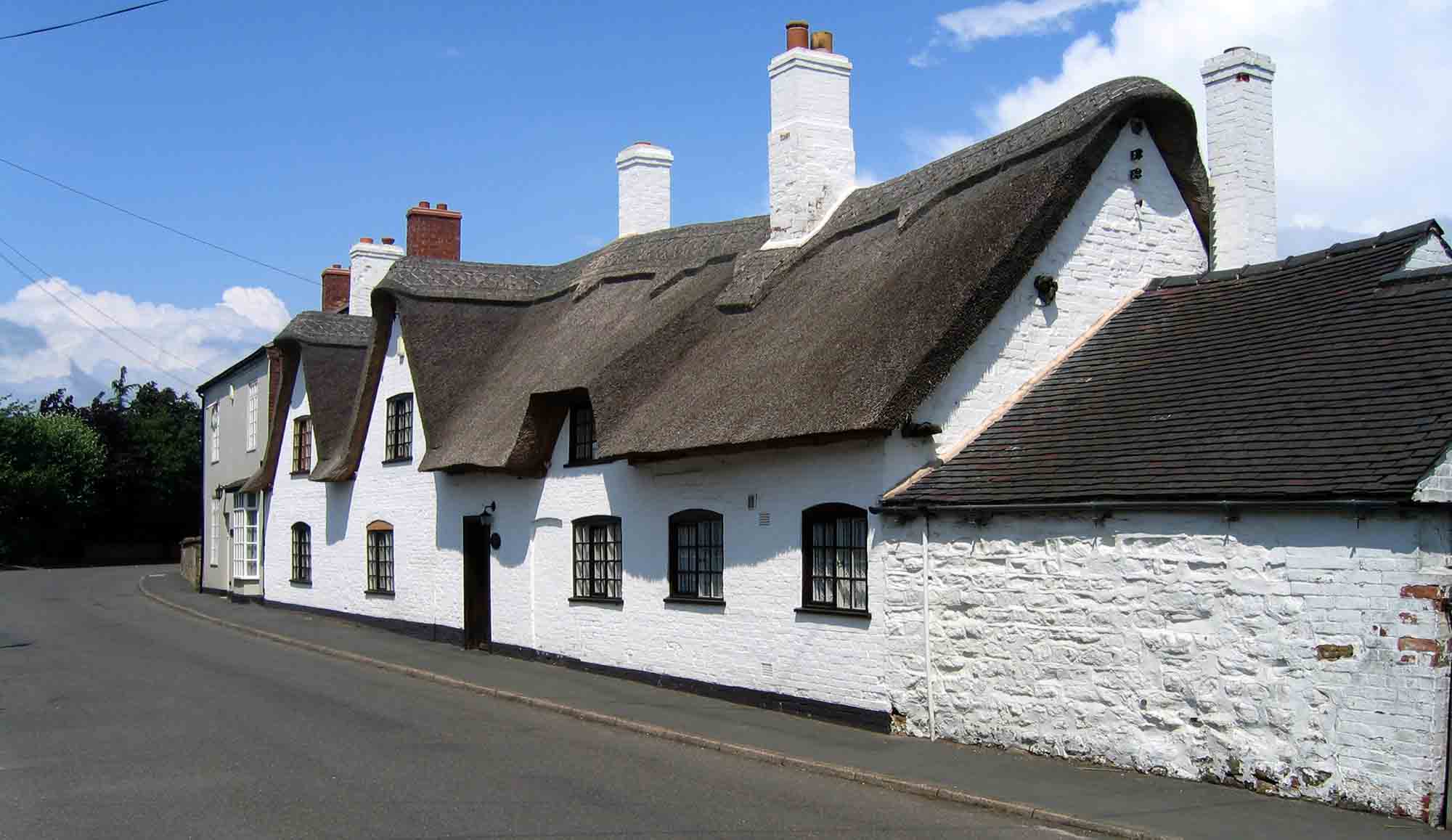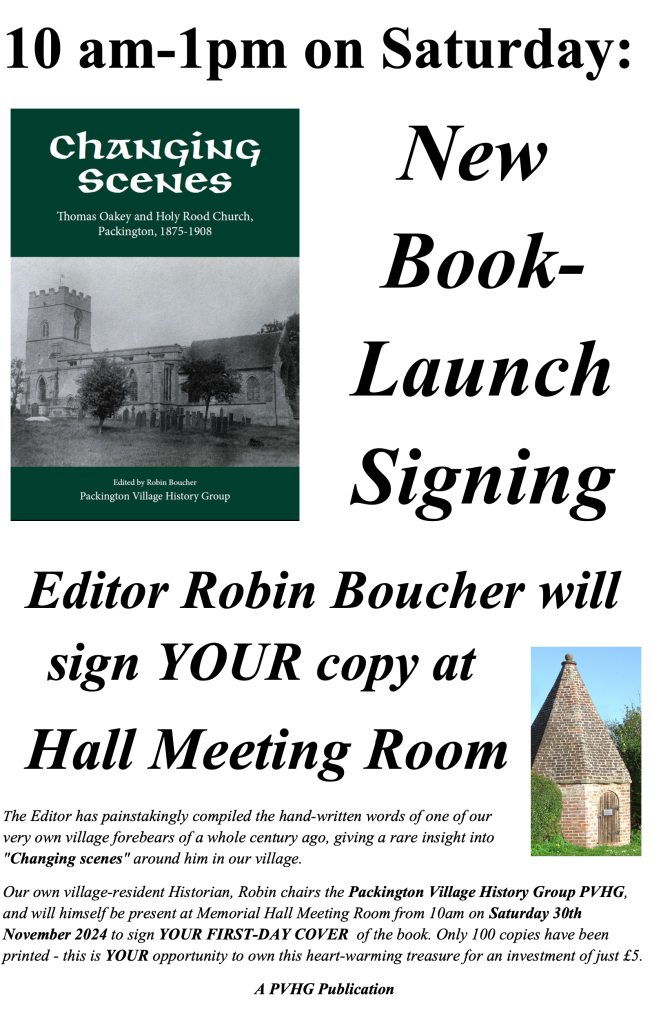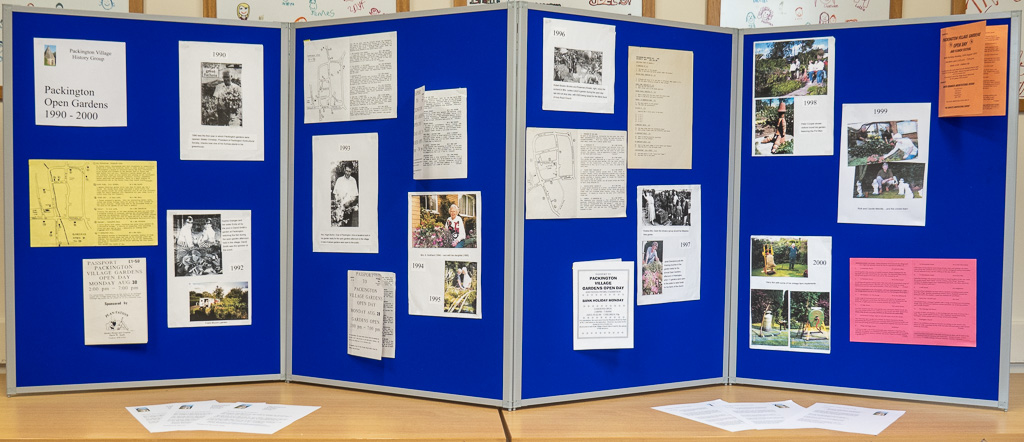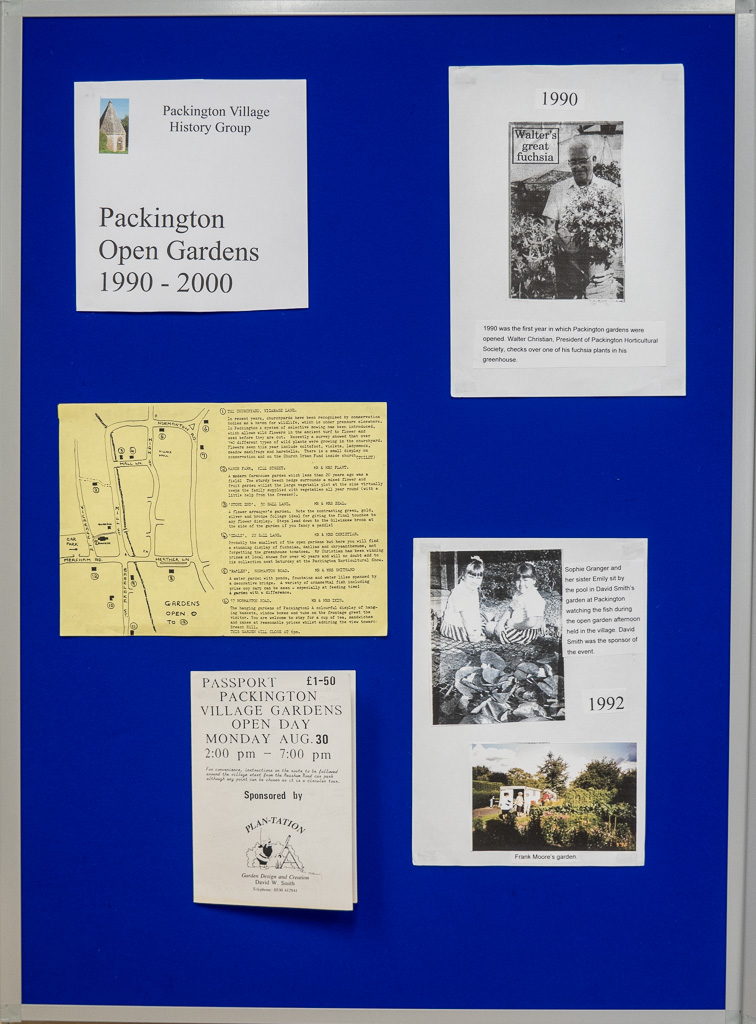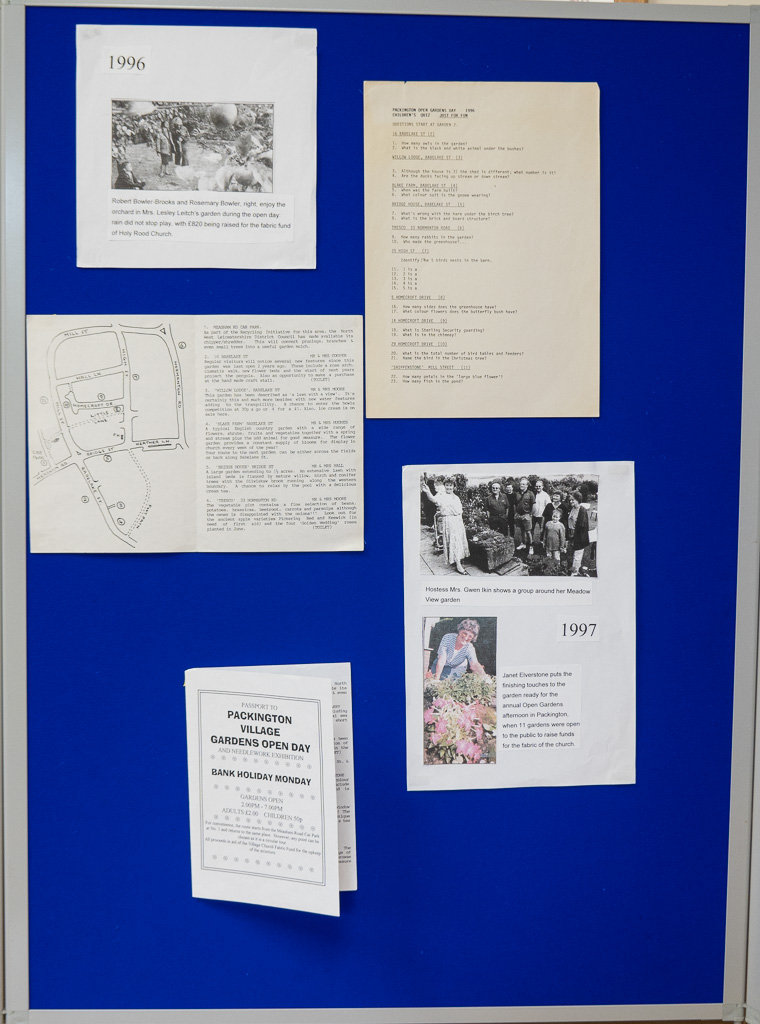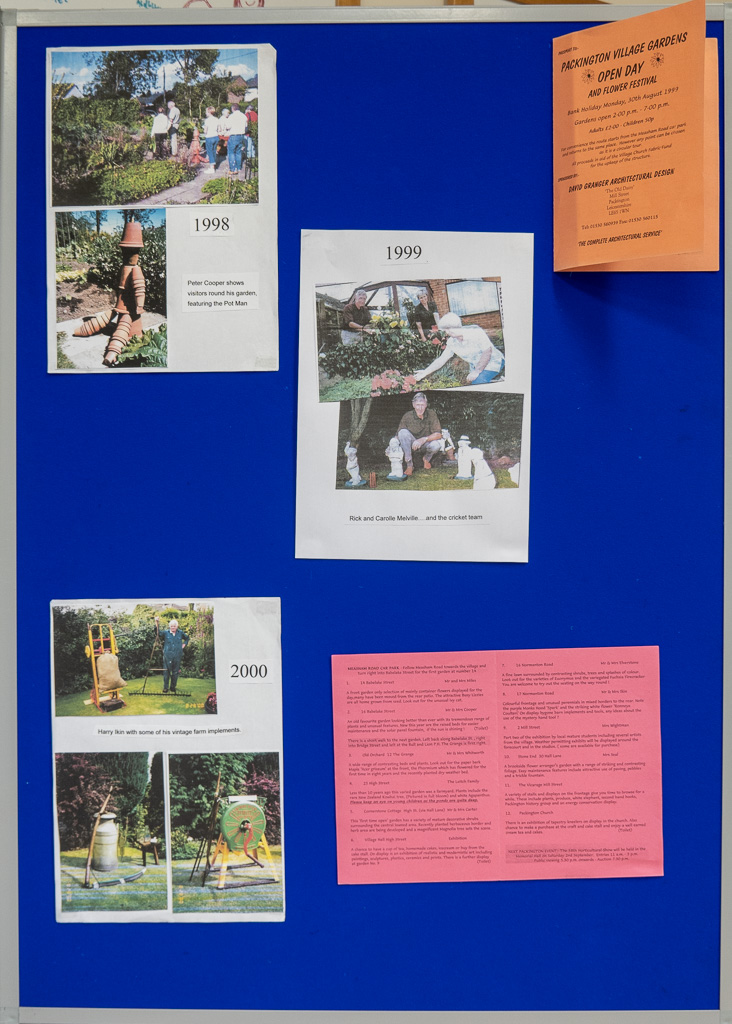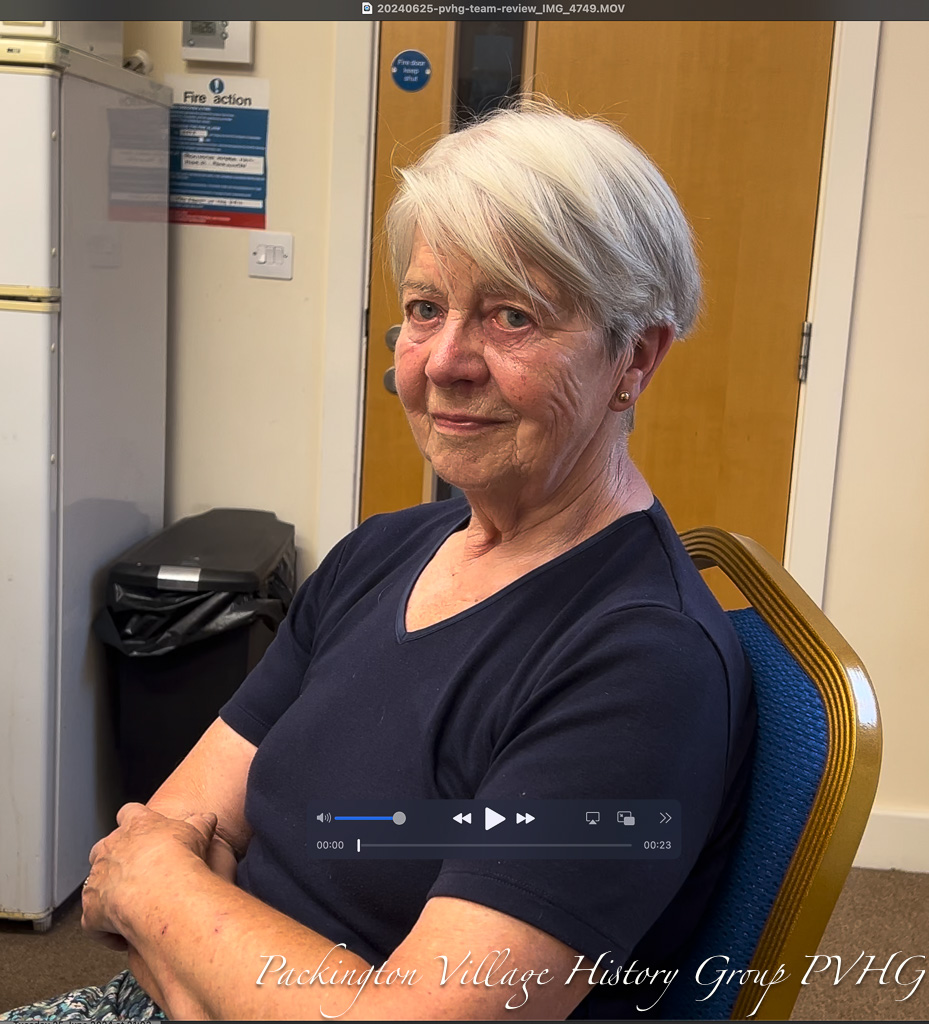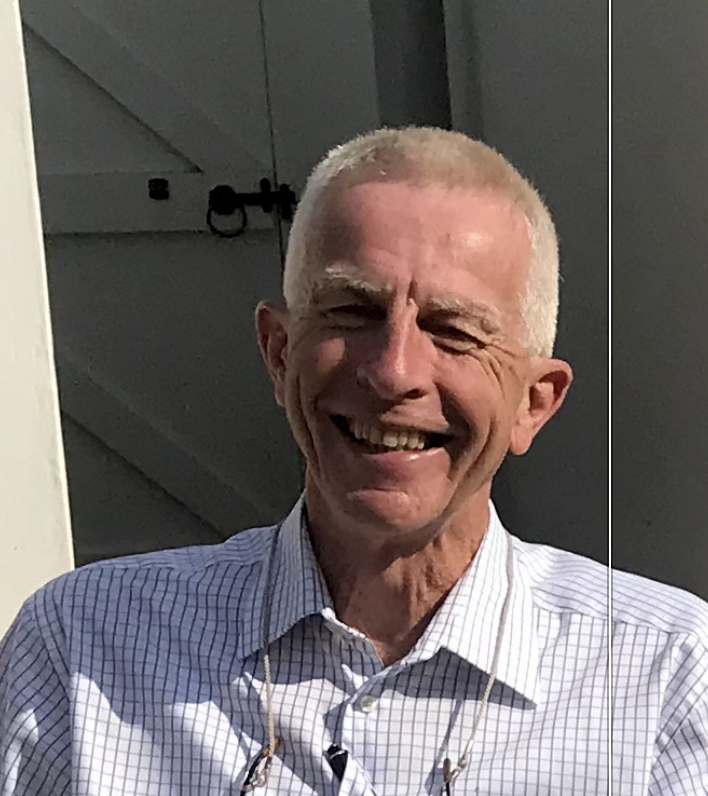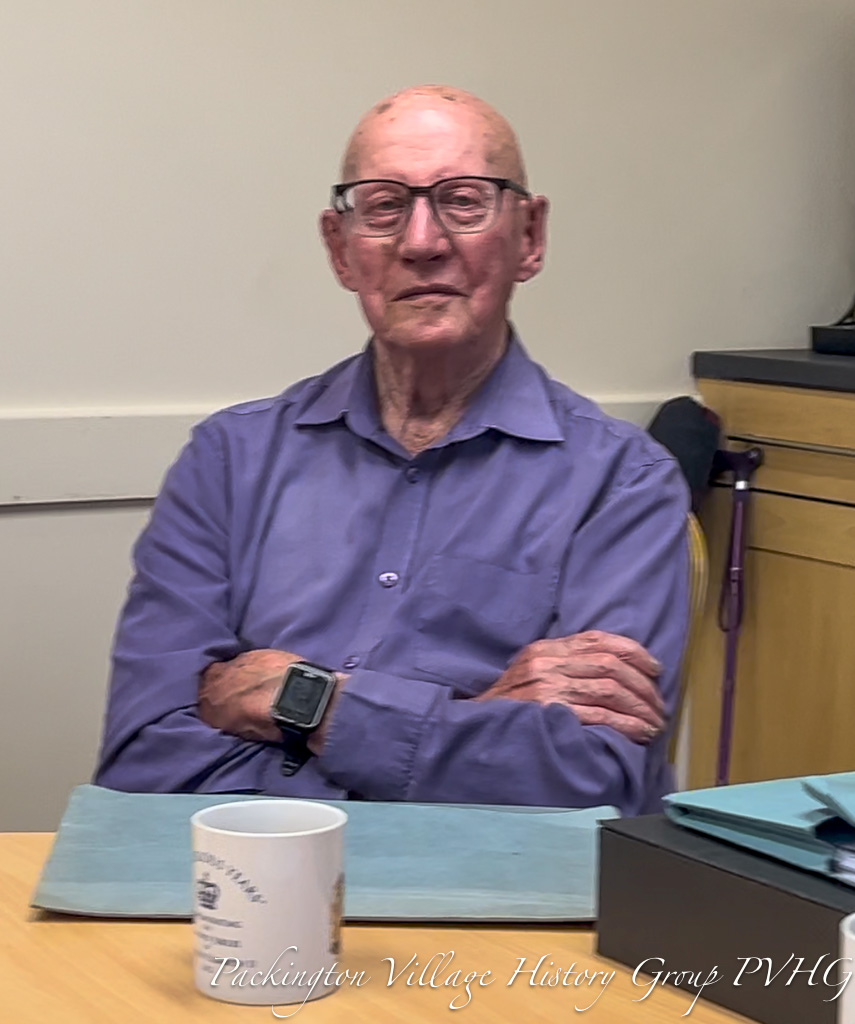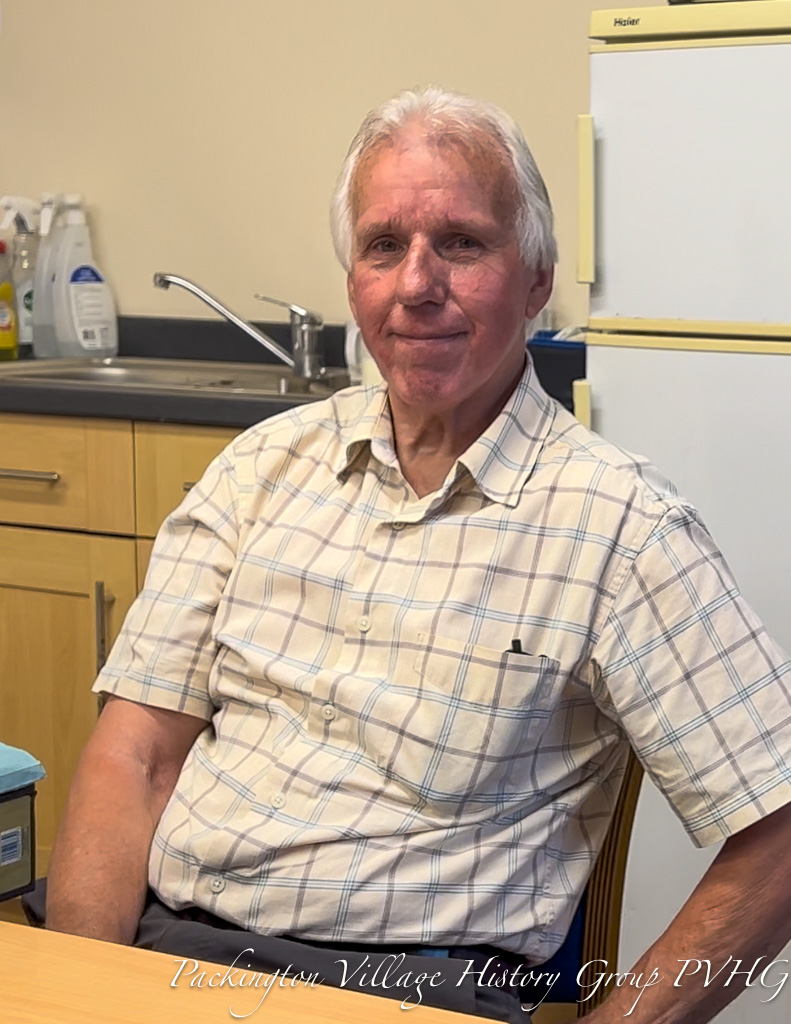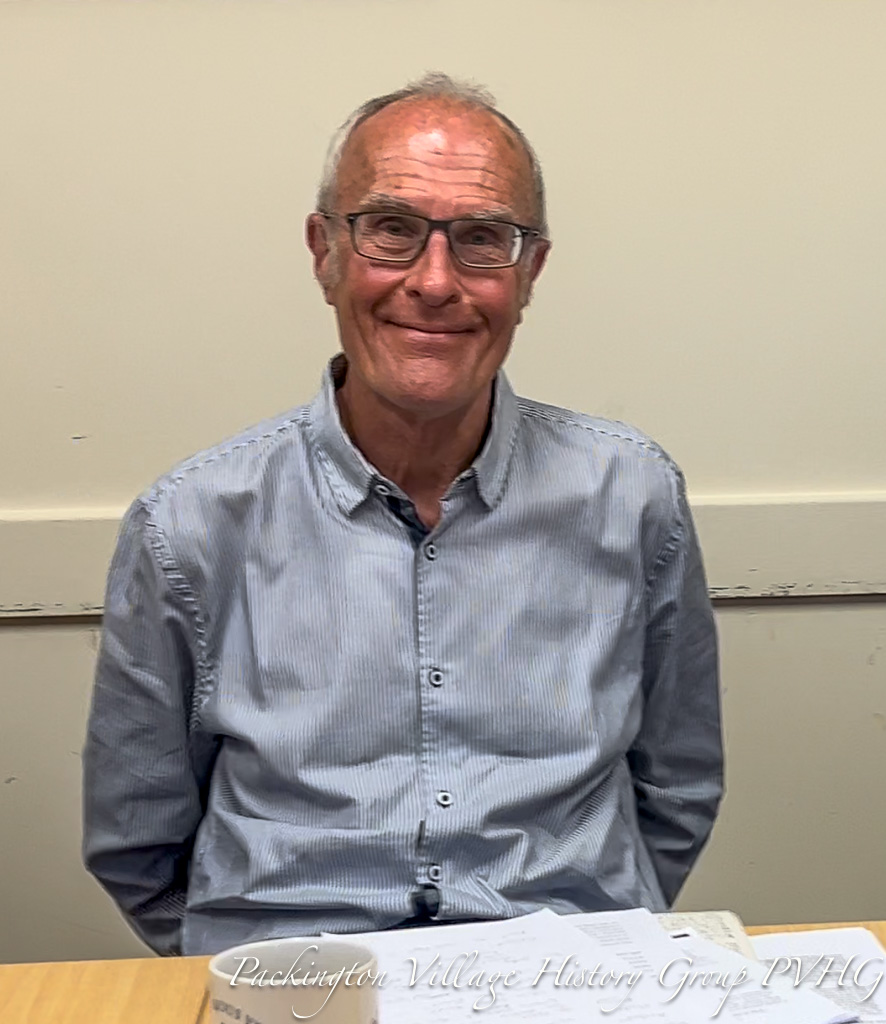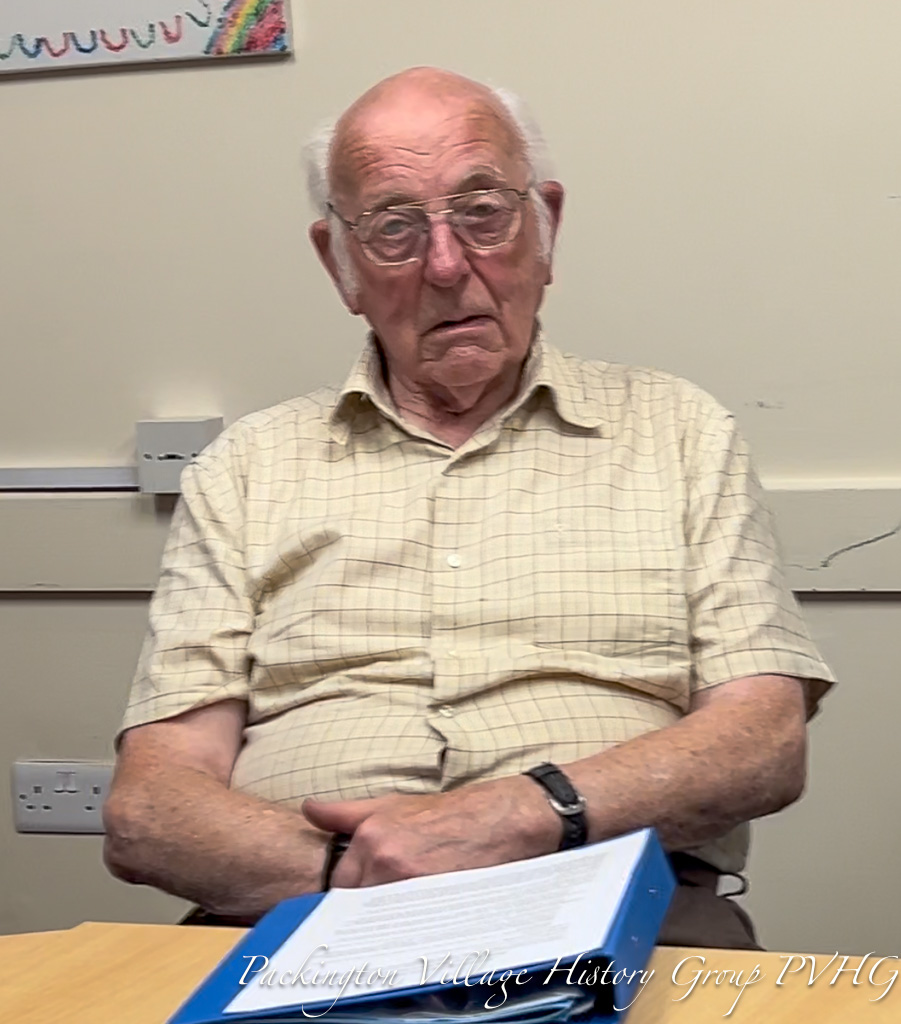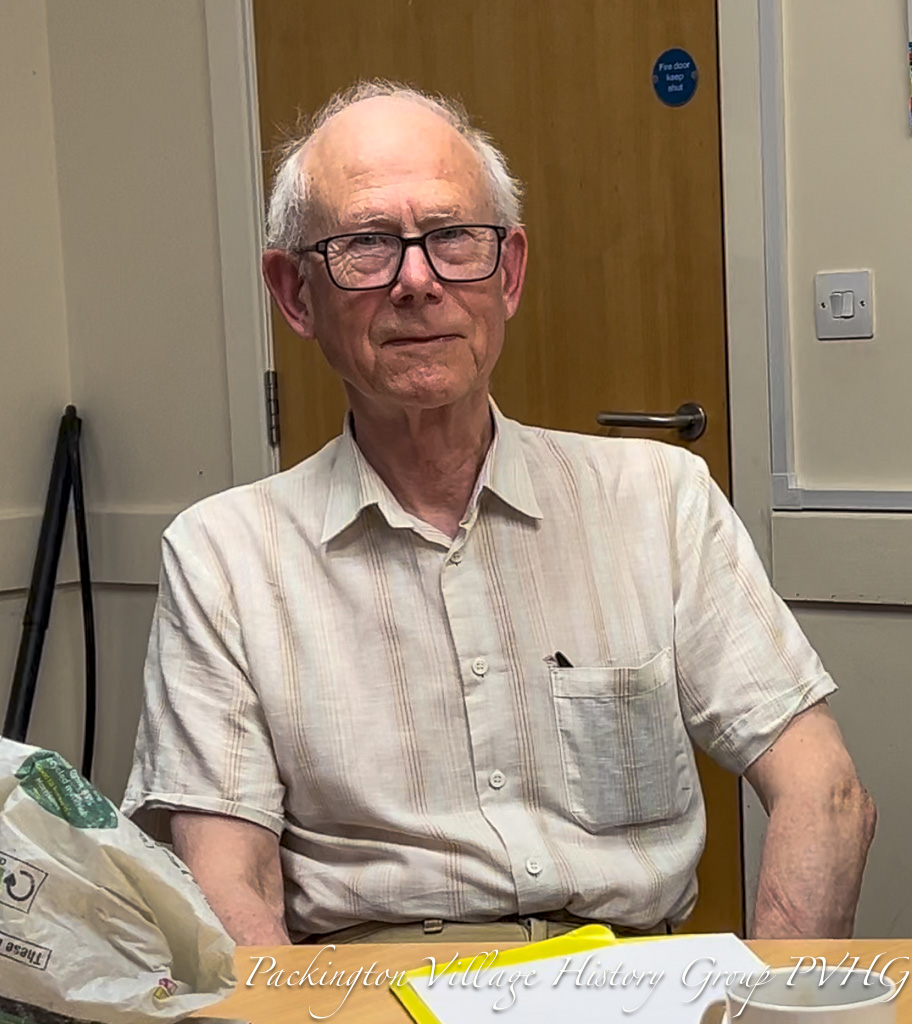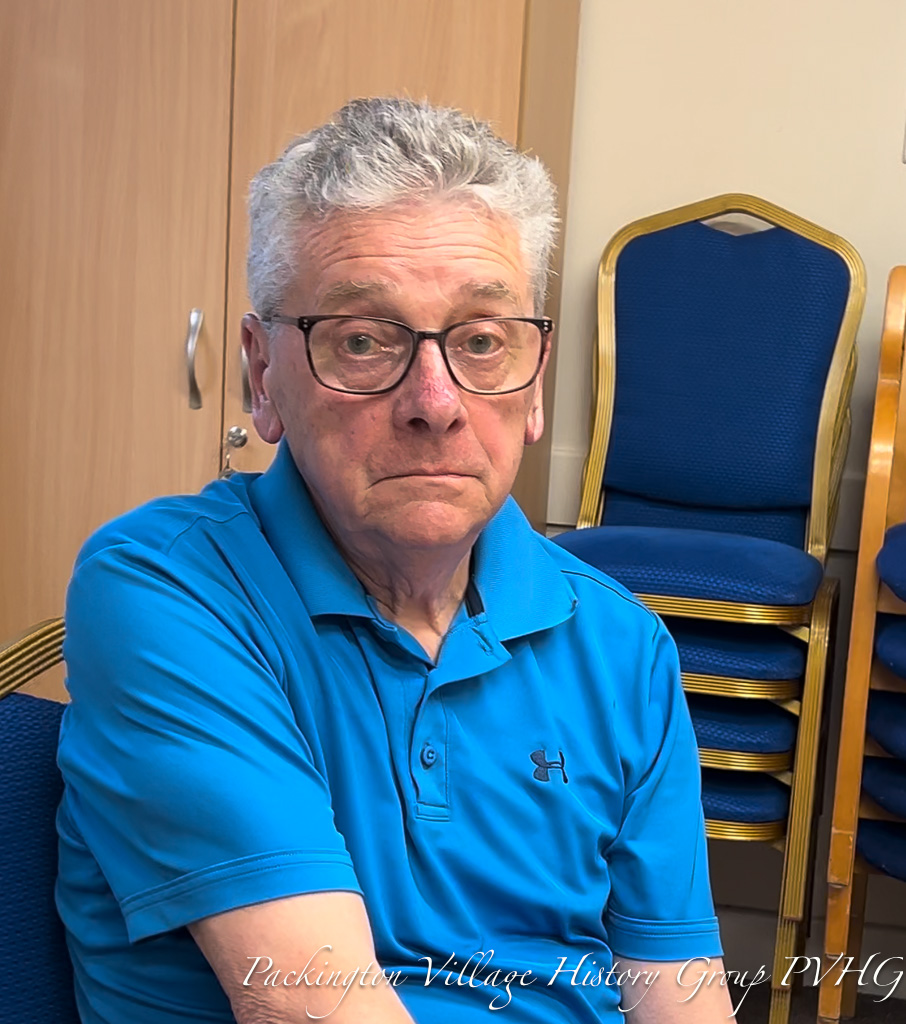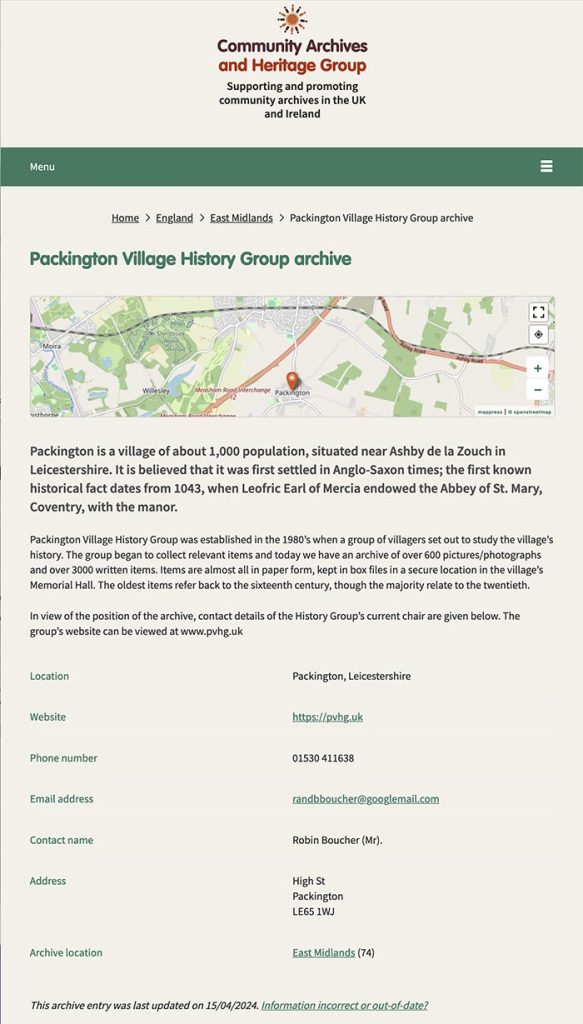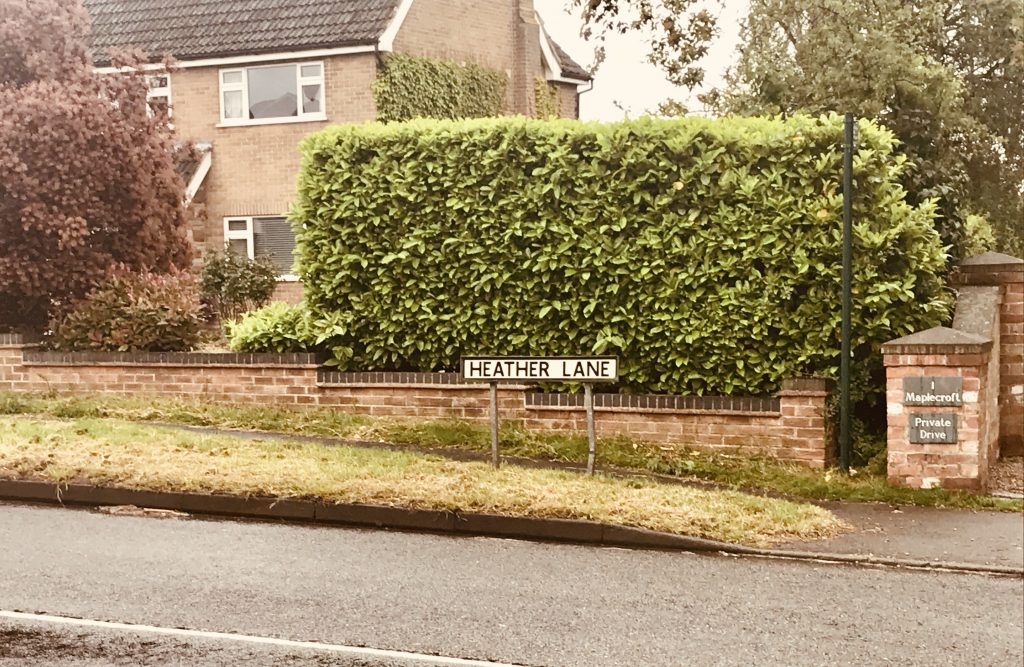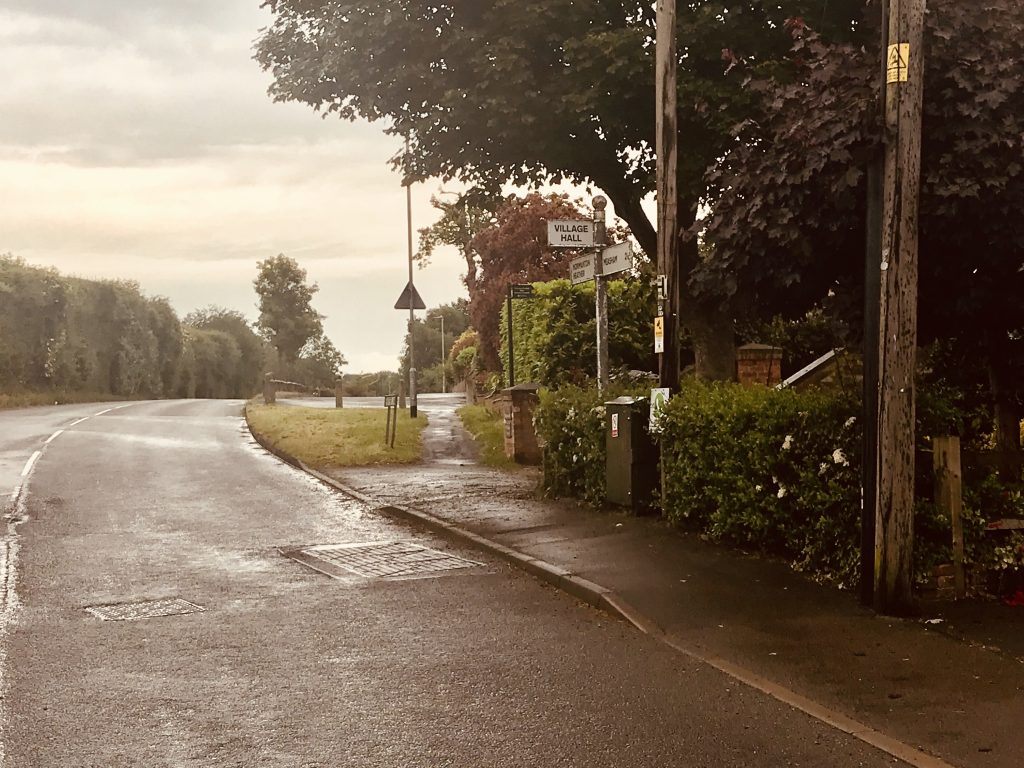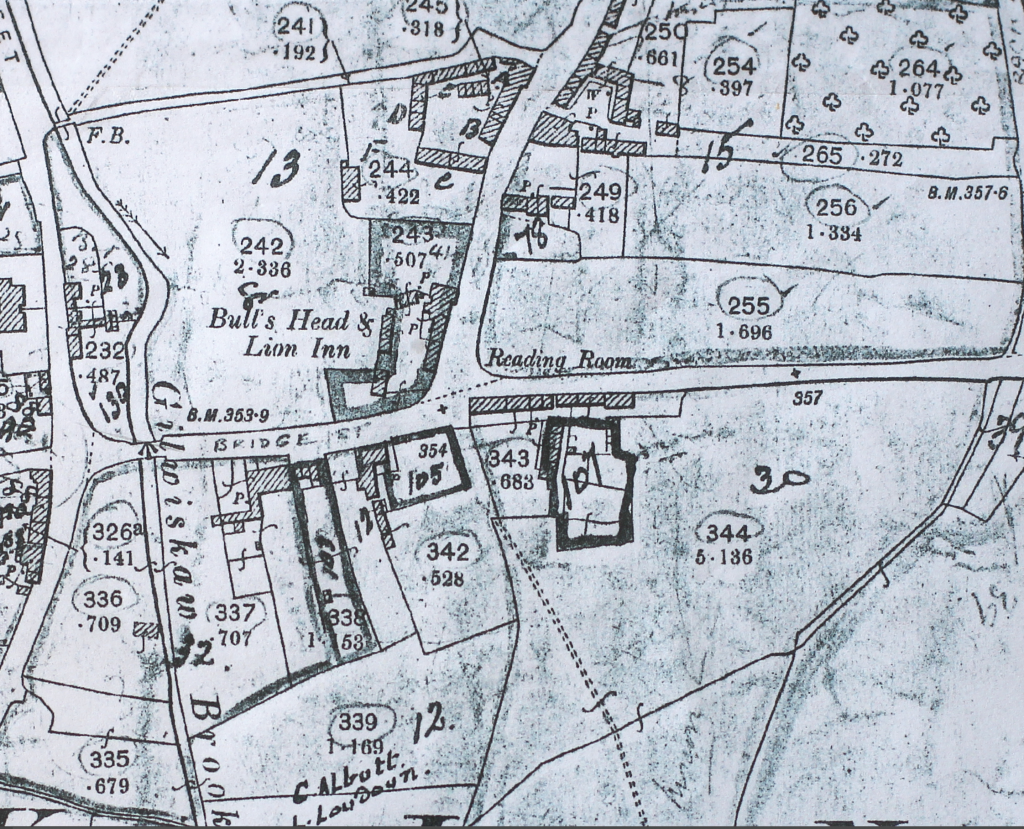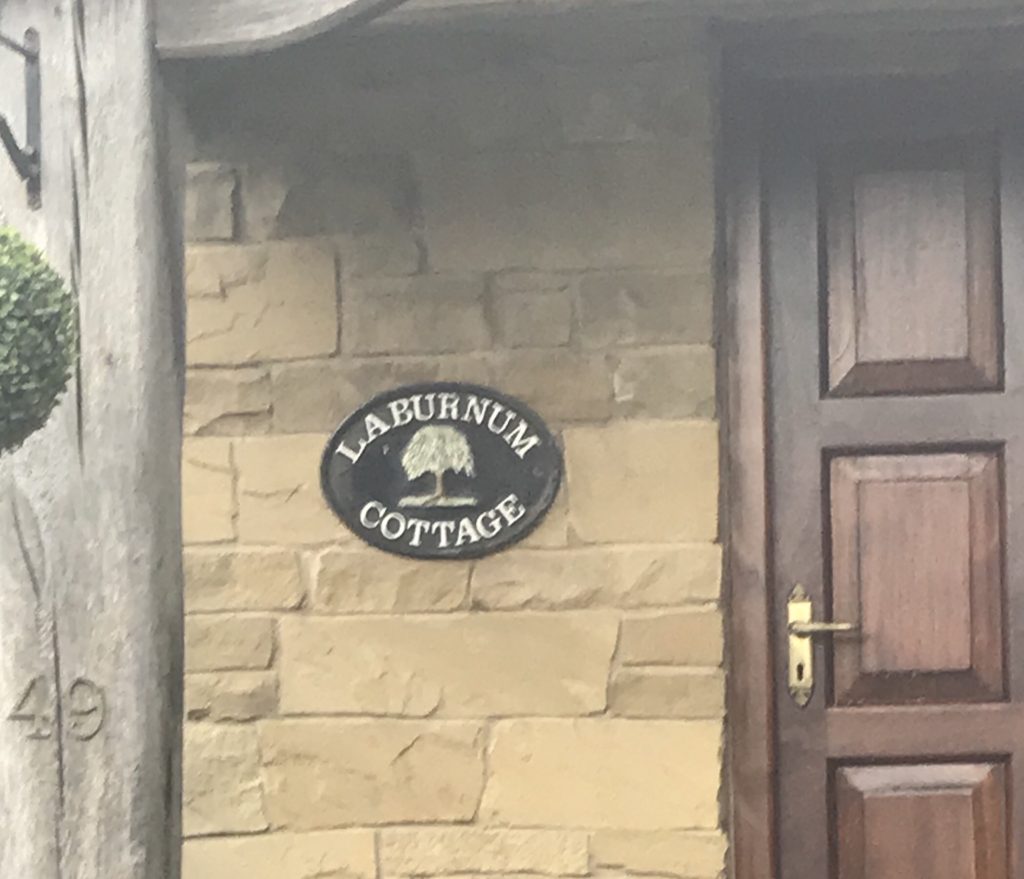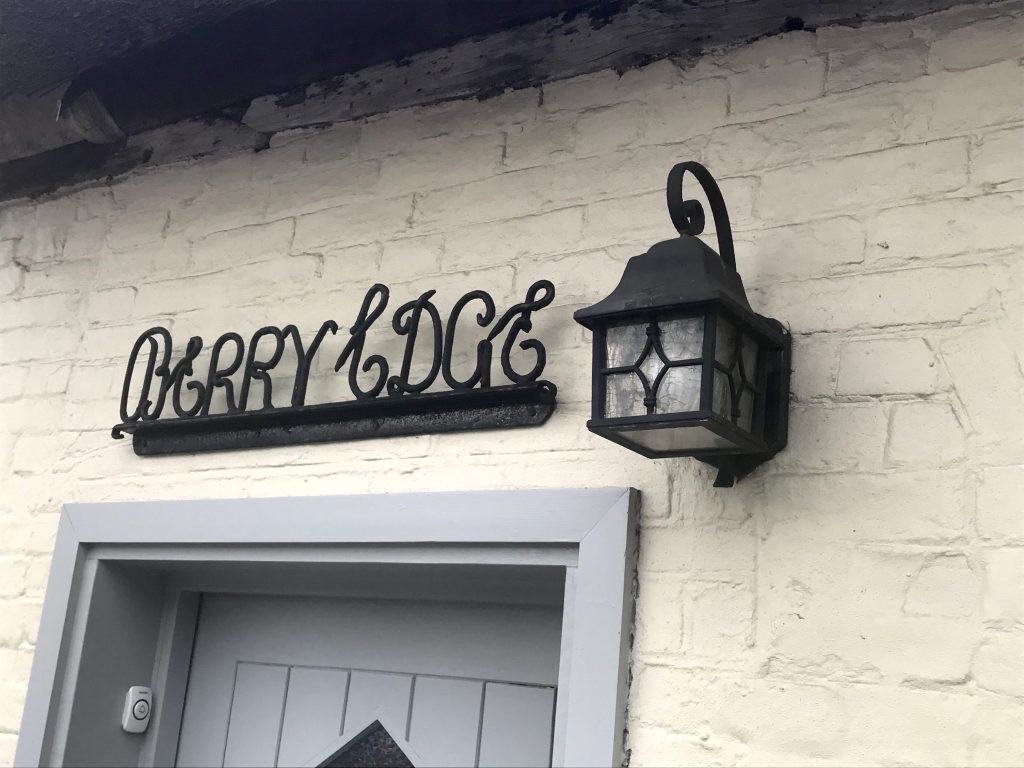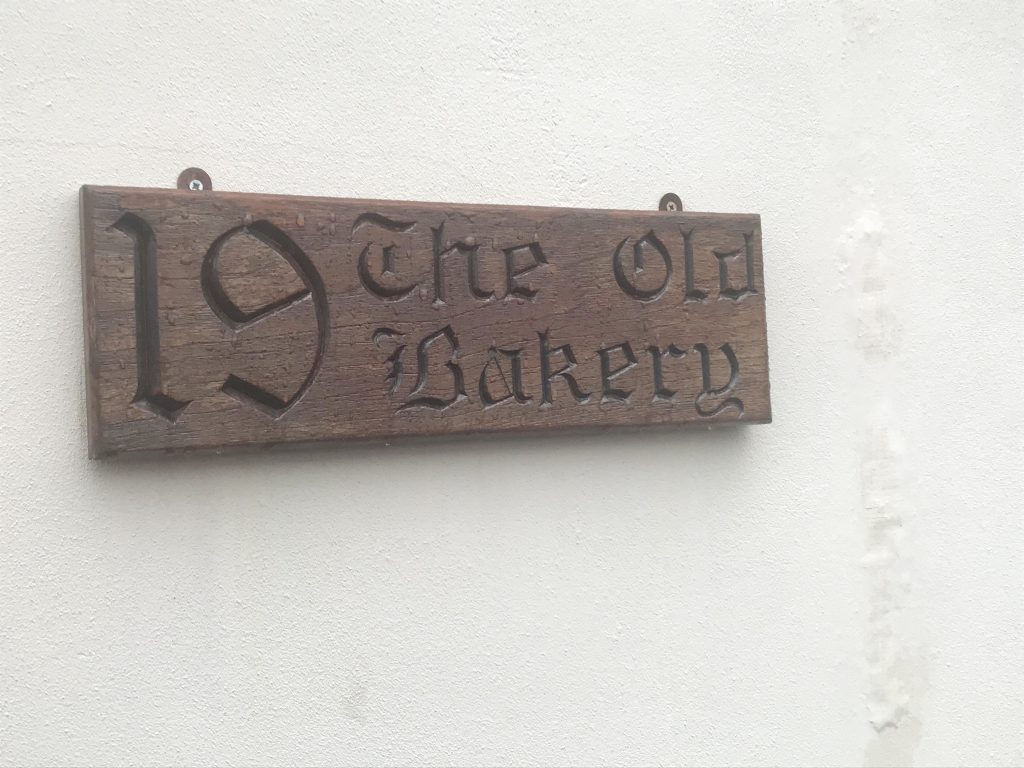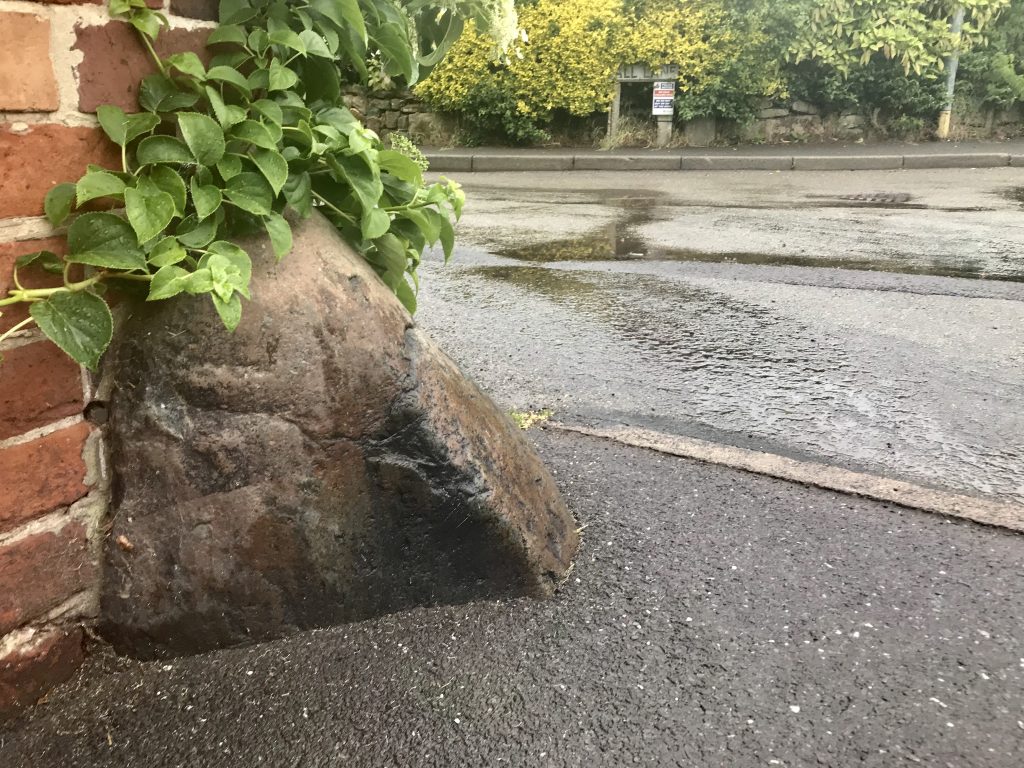Packington Village History Group PVHG offers a FREE guided history walk of our village’s Mill Street, starting at 7:30 pm on Tuesday 24th June 2025 (weather permitting – and it looks like it most certainly will be!)
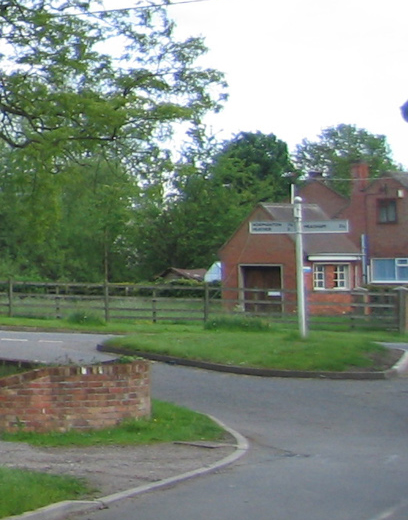

The guided walk will be led by PVHG chair Robin Boucher, whose reputation as a fount of knowledge of both Packington and History is well-deserved.
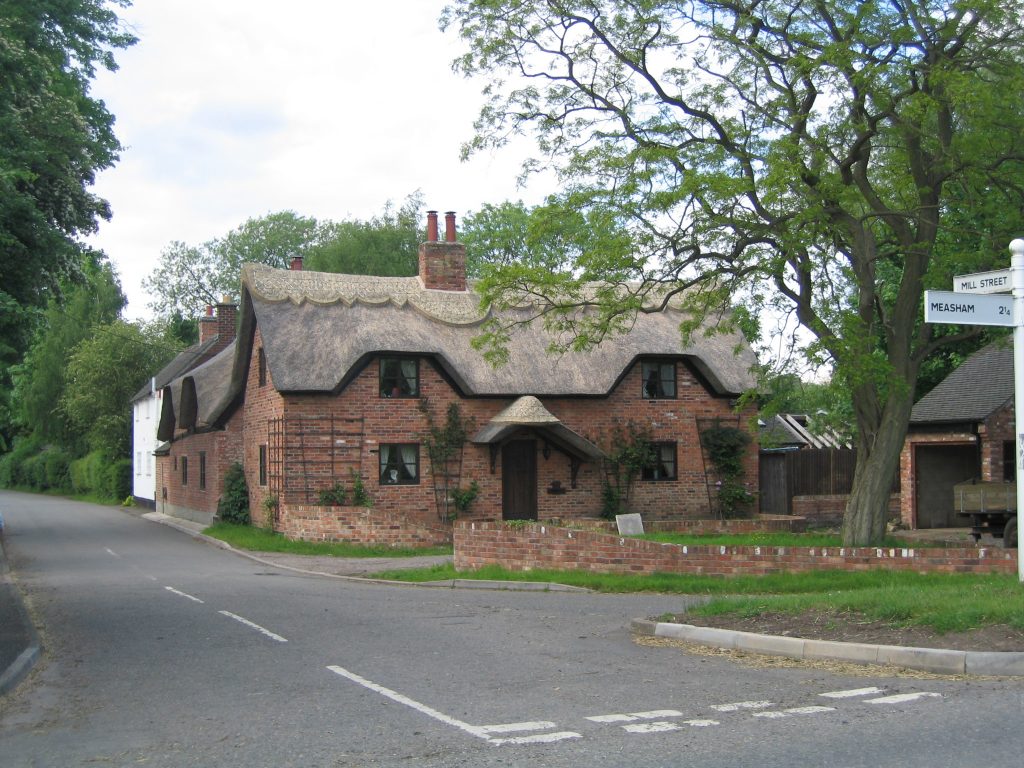
Mill Street has been described as “The Jewel in The Crown” of Packington, containing some of the most beautiful and historic aspects of our village. Do come along and hear about the foundation of the school, Packington’s three vicarages, the mill, the Honeybush Inn, the Baptist Chapel and other items of interest.
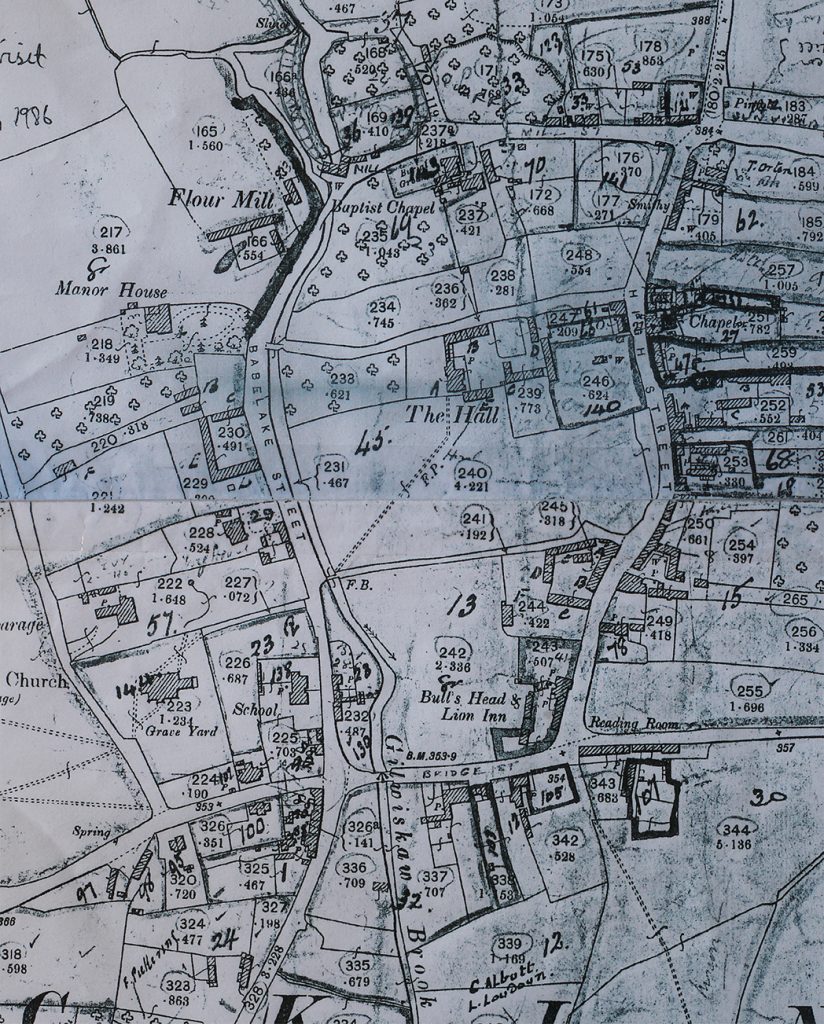
However – it hasn’t always been known as “Mill Street”..
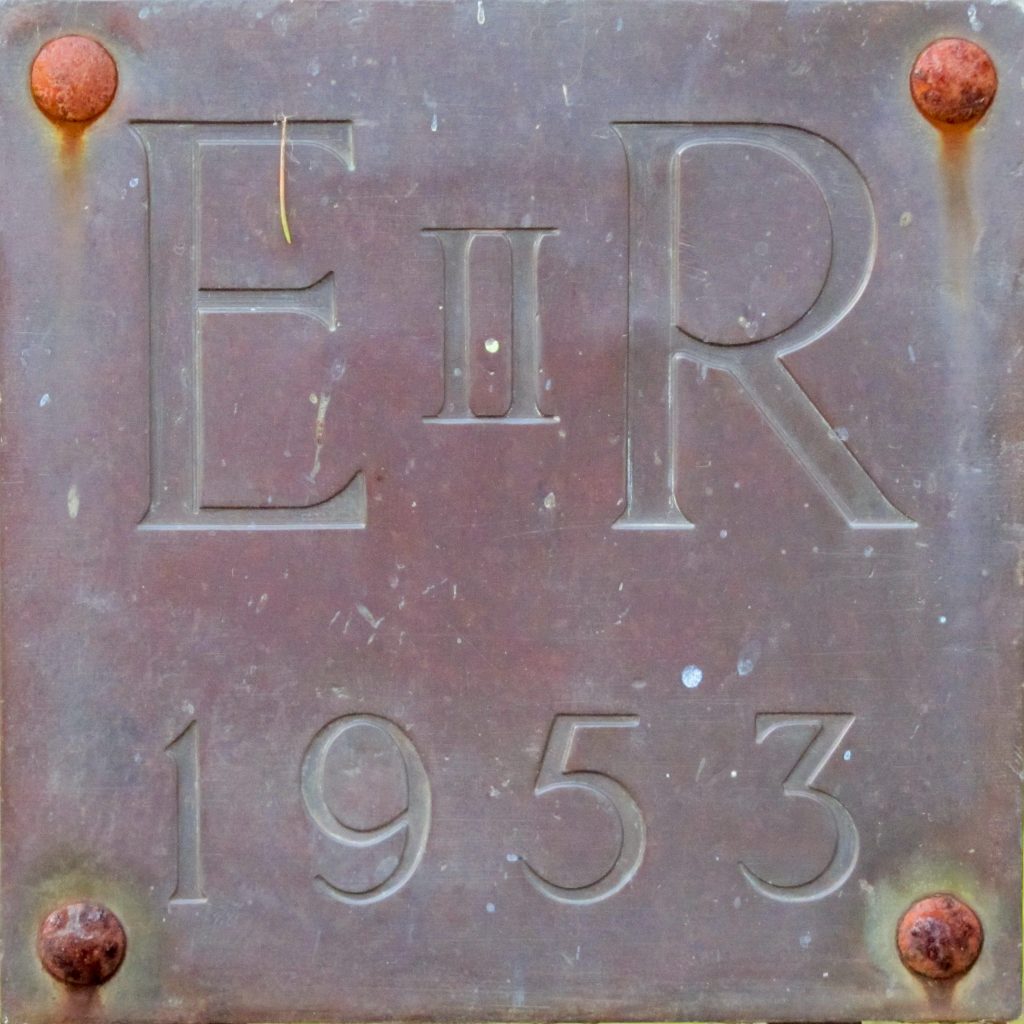
It’s 72 years since the Coronation of HM Queen Elizabeth II – do you know where to find this reminder?
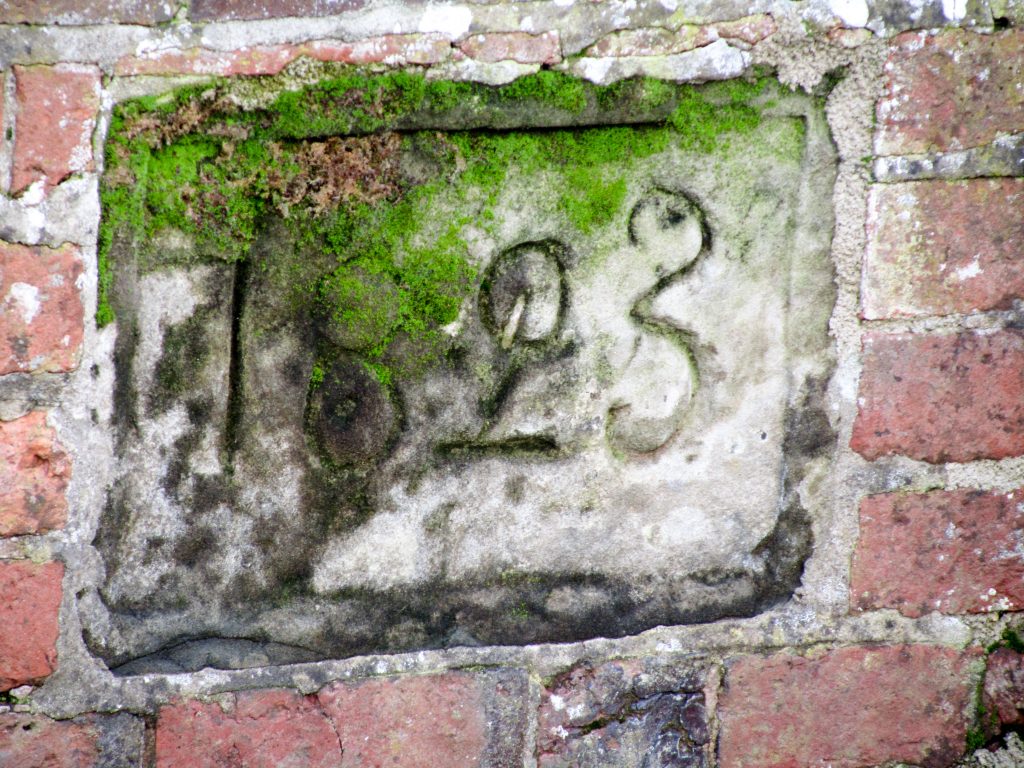
This wall, above, is over 200 years old already. Do you know where on Mill Street it is to be found?
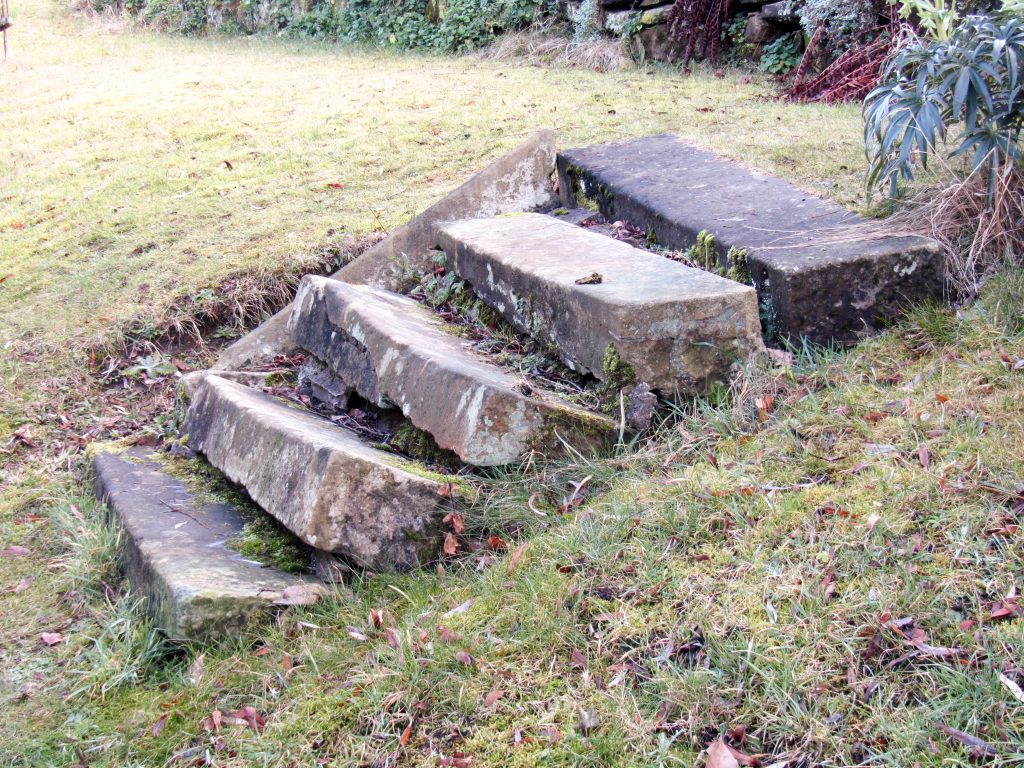
The ancient Mill Street steps above are over 180 years old. Do you know where they are, and where do – or did – they lead?
Answers to many more of our – and your – questions should be available from our Walk Leader, Robin Boucher, on Tuesday 24th June 2025, starting from the top end of Babelake Street at 7:30 pm. PVHG hope to see you there.
